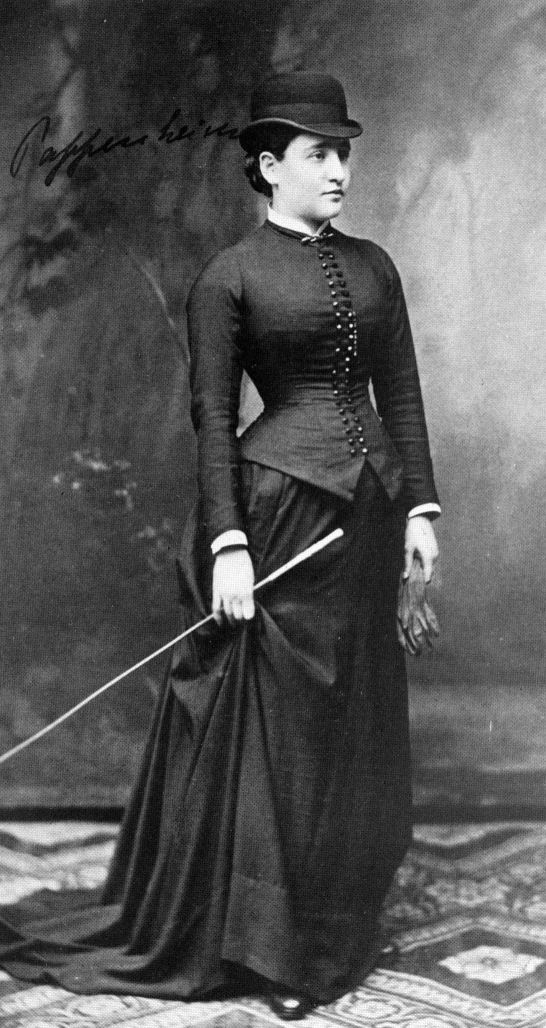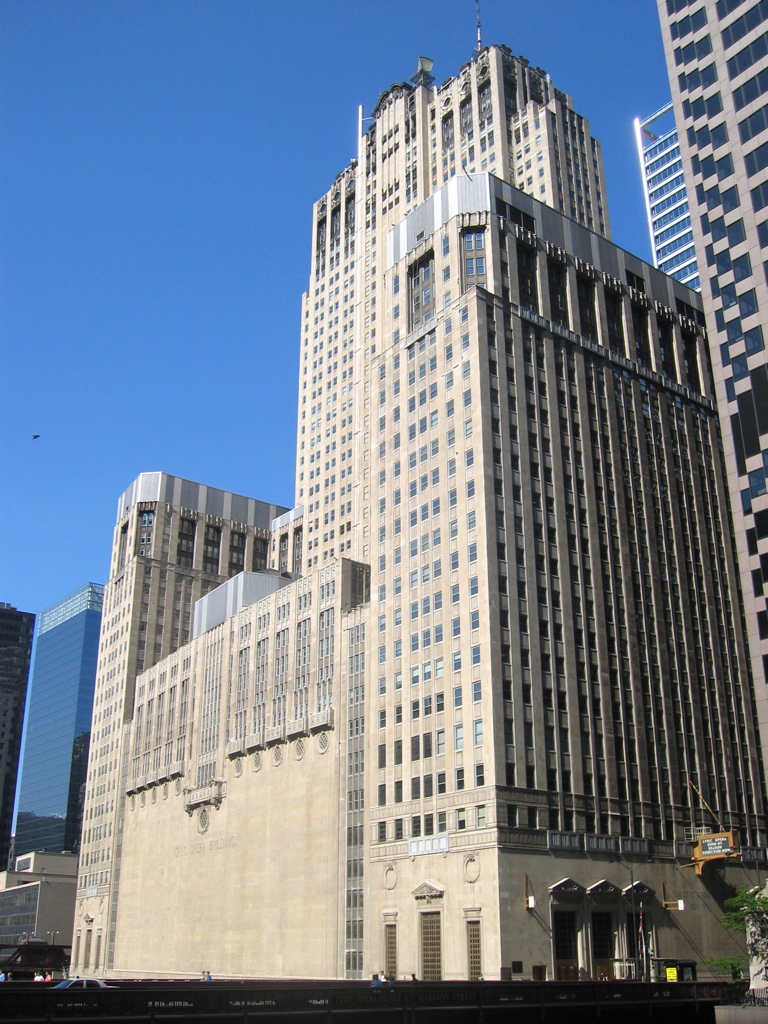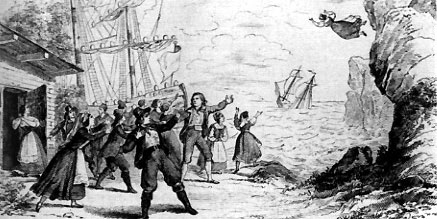|
Robert Schunk
Robert Schunk (born 5 January 1948) is a German operatic tenor who appeared in leading roles such as Florestan in ''Fidelio'', Siegmund in Wagner's ''Die Walküre'' and the Emperor in ''Die Frau ohne Schatten'' by Richard Strauss, at international opera houses and festivals. Life and career Born in Neu-Isenburg, Schunk studied at the Musikhochschule Frankfurt with Martin Gründler from 1966 to 1973. From 1973 to 1975 he was a member of the ensemble of the Badisches Staatstheater Karlsruhe, where he made his debut as Jack in Tippett's ''The Midsummer Marriage''. From 1975 he was engaged at the Theater Bonn. He moved on to the ensemble of the Opernhaus Dortmund in 1977. In 1977, Schunk made his debut at the Bayreuth Festival, first in smaller roles, such as Walther von der Vogelweide in ''Tannhäuser'', Melot and the young sailor in ''Tristan und Isolde'', a Grail Knight in ''Parsifal'' and Erik in ''Der fliegende Holländer''. He successfully stepped in for Peter Hofmann as Sie ... [...More Info...] [...Related Items...] OR: [Wikipedia] [Google] [Baidu] |
Neu-Isenburg
Neu-Isenburg is a town in Germany, located in the Offenbach district of Hesse. It is part of the Frankfurt Rhein-Main urban area and has a population of 38,204 (2020). The town is known nowadays mainly for its regionally used shopping centre, the ''Isenburg-Zentrum'' (IZ), the ''Hugenottenhalle'', the Hotel Kempinski Frankfurt, the ''Autokino Gravenbruch'' (the oldest drive-in cinema in Europe), the ''Sportpark'', the ''Waldschwimmbad'' (swimming pool) and not least of all its central location near Frankfurt Airport. Geography Neighbouring communities Neu-Isenburg borders in the west and north on the district-free city of Frankfurt am Main, in the east on the district-free city of Offenbach and in the south on the towns of Dreieich, Langen and Mörfelden-Walldorf ( Groß-Gerau district). Constituent communities In 1959, building work began on the ''Wohnstadt im Grünen'' ("Living Town in the Green"), as it was marketed. This was Gravenbruch. Almost 7,000 people found a ... [...More Info...] [...Related Items...] OR: [Wikipedia] [Google] [Baidu] |
Bayreuth Festival
The Bayreuth Festival (german: link=no, Bayreuther Festspiele) is a music festival held annually in Bayreuth, Germany, at which performances of operas by the 19th-century German composer Richard Wagner are presented. Wagner himself conceived and promoted the idea of a special festival to showcase his own works, in particular his monumental cycle and ''Parsifal''. Performances take place in a specially designed theatre, the Bayreuth Festspielhaus. Wagner personally supervised the design and construction of the theatre, which contained many architectural innovations to accommodate the huge orchestras for which Wagner wrote as well as the composer's particular vision about the staging of his works. The Festival has become a pilgrimage destination for Wagnerians and classical-music enthusiasts. Origins The origins of the Festival itself lie rooted in Richard Wagner's interest in establishing his financial independence. A souring of the relationship with his patron, Ludwig II o ... [...More Info...] [...Related Items...] OR: [Wikipedia] [Google] [Baidu] |
Hildegard Behrens
Hildegard Behrens (9 February 1937 – 18 August 2009) was a German operatic soprano with a wide repertoire including Wagner, Weber, Mozart, Richard Strauss, and Alban Berg roles. She performed at major opera houses around the world, and received several Grammy Awards for performances with the Metropolitan Opera. Life and career Behrens was born in Varel in 1937. She graduated from the University of Freiburg as a junior barrister before becoming serious about her talents as a singer, studying at first with Ines Leuwen at the Freiburg Academy Of Music. She made her stage debut was as the Countess in Mozart's ''Le nozze di Figaro'' in Freiburg in 1971.Anthony TommasiniHildegard Behrens, Soprano Acclaimed for Wagner, Is Dead at 72 ''New York Times'' (obituary), 2009/08/19. In 1973, she joined the Deutsche Oper am Rhein in Düsseldorf. In the 1975–76 season, while rehearsing for Alban Berg's ''Wozzeck'', she was "discovered" by Herbert von Karajan, who was then looking for a ... [...More Info...] [...Related Items...] OR: [Wikipedia] [Google] [Baidu] |
Metropolitan Opera
The Metropolitan Opera (commonly known as the Met) is an American opera company based in New York City, resident at the Metropolitan Opera House at Lincoln Center, currently situated on the Upper West Side of Manhattan. The company is operated by the non-profit Metropolitan Opera Association, with Peter Gelb as general manager. As of 2018, the company's current music director is Yannick Nézet-Séguin. The Met was founded in 1883 as an alternative to the previously established Academy of Music opera house, and debuted the same year in a new building on 39th and Broadway (now known as the "Old Met"). It moved to the new Lincoln Center location in 1966. The Metropolitan Opera is the largest classical music organization in North America. Until 2019, it presented about 27 different operas each year from late September through May. The operas are presented in a rotating repertory schedule, with up to seven performances of four different works staged each week. Performances are ... [...More Info...] [...Related Items...] OR: [Wikipedia] [Google] [Baidu] |
Lyric Opera Of Chicago
Lyric Opera of Chicago is one of the leading opera companies in the United States. It was founded in Chicago in 1954, under the name 'Lyric Theatre of Chicago' by Carol Fox, Nicola Rescigno and Lawrence Kelly, with a season that included Maria Callas's American debut in ''Norma''. The company was re-organized by Fox in 1956 under its present name and, after her 1981 departure, it has continued to be of one of the major opera companies in the United States. The Lyric is housed in a theater and related spaces in the Civic Opera Building. These spaces are now owned by the Lyric. Opera in Chicago 1850–1954 The first opera to be performed in Chicago was Bellini's ''La sonnambula'', presented by a traveling opera company on 29 July 1850. Chicago's first opera house opened in 1865 but was destroyed in the Great Fire of Chicago in 1871. The second opera house, the Chicago Auditorium, opened in 1889. In 1929 the current Civic Opera House on 20 North Wacker Drive was opened, though ... [...More Info...] [...Related Items...] OR: [Wikipedia] [Google] [Baidu] |
Bregenz Festival
Bregenzer Festspiele (; Bregenz Festival) is a performing arts festival which is held every July and August in Bregenz in Vorarlberg (Austria). It features a large floating stage which is situated on Lake Constance. History The Festival became an international event in its first year 1946, one year after World War II. People from Germany, Switzerland and France came to the festival. Two stages were created out of floating barges. One barge for the Vienna Symphony Orchestra and the other barge for carrying stage structures. The Vienna Symphony Orchestra is the biggest contributor to the Festival. This orchestra has a performance spot every year since the beginning of the festival. They have their own stage area and other venues used thorough out the festival. Every year the orchestra has a different conductor for each piece because it is considered the conductors performance. Kornmarktplatz, vorarlberg museum is the venture they are using for the 2016 Festival. In 2001, the f ... [...More Info...] [...Related Items...] OR: [Wikipedia] [Google] [Baidu] |
Der Freischütz
' ( J. 277, Op. 77 ''The Marksman'' or ''The Freeshooter'') is a German opera with spoken dialogue in three acts by Carl Maria von Weber with a libretto by Friedrich Kind, based on a story by Johann August Apel and Friedrich Laun from their 1810 collection ''Gespensterbuch''. It premiered on 18 June 1821 at the Schauspielhaus Berlin. It is considered the first German Romantic opera. The opera's plot is mainly based on August Apel's tale "Der Freischütz" from the ''Gespensterbuch'' though the hermit, Kaspar and Ännchen are new to Kind's libretto. That Weber's tunes were just German folk music is a common misconception. Its unearthly portrayal of the supernatural in the famous Wolf's Glen scene has been described as "the most expressive rendering of the gruesome that is to be found in a musical score". Performance history The reception of ''Der Freischütz'' surpassed Weber's own hopes and it quickly became an international success, with productions in Vienna the same year f ... [...More Info...] [...Related Items...] OR: [Wikipedia] [Google] [Baidu] |
Das Liebesverbot
' (''The Ban on Love'', WWV 38), is an early comic opera in two acts by Richard Wagner, with the libretto written by the composer after Shakespeare's ''Measure for Measure''. Described as a ', it was composed in early 1836. Restrained sexuality versus eroticism plays an important role in '; themes that recur throughout much of Wagner's output, most notably in ''Tannhäuser'', ''Die Walküre'' and ''Tristan und Isolde''. In each opera, the self-abandonment to love brings the lovers into mortal combat with the surrounding social order. In ', because it is a comedy, the outcome is a happy one: unrestrained sexuality wins as the carnival of the entire population goes rioting on after curtain-fall. Wagner's second opera, and his first to be performed, has many signs of an early work: the style is modelled closely on contemporary French and Italian comic opera. It is also referred to as the forgotten comedy, in that only two of Wagner's works are comedies, the other being ''Die Meister ... [...More Info...] [...Related Items...] OR: [Wikipedia] [Google] [Baidu] |
Vienna State Opera
The Vienna State Opera (, ) is an opera house and opera company based in Vienna, Austria. The 1,709-seat Renaissance Revival venue was the first major building on the Vienna Ring Road. It was built from 1861 to 1869 following plans by August Sicard von Sicardsburg and Eduard van der Nüll, and designs by Josef Hlávka. The opera house was inaugurated as the "Vienna Court Opera" (''Wiener Hofoper'') in the presence of Emperor Franz Joseph I and Empress Elisabeth of Austria. It became known by its current name after the establishment of the First Austrian Republic in 1921. The Vienna State Opera is the successor of the old Vienna Court Opera (built in 1636 inside the Hofburg). The new site was chosen and the construction paid by Emperor Franz Joseph in 1861. The members of the Vienna Philharmonic are recruited from the Vienna State Opera's orchestra. The building is also the home of the Vienna State Ballet, and it hosts the annual Vienna Opera Ball during the carnival season. ... [...More Info...] [...Related Items...] OR: [Wikipedia] [Google] [Baidu] |
Hamburg State Opera
The Hamburg State Opera (in German: Staatsoper Hamburg) is a German opera company based in Hamburg. Its theatre is near the square of Gänsemarkt. Since 2015, the current ''Intendant'' of the company is Georges Delnon, and the current ''Generalmusikdirektor'' of the company is Kent Nagano. History Opera in Hamburg dates to 2 January 1678 when the Oper am Gänsemarkt was inaugurated with a performance of a biblical Singspiel by Johann Theile. It was not a court theatre but the first public opera house in Germany established by the art-loving citizens of Hamburg, a prosperous member of the Hanseatic League. The Hamburg ''Bürgeroper'' resisted the dominance of the Italianate style and rapidly became the leading musical center of the German Baroque. In 1703, George Friedrich Handel was engaged as violinist and harpsichordist and performances of his operas were not long in appearing. In 1705, Hamburg gave the world première of his opera ''Nero''. In 1721, Georg Philipp Telem ... [...More Info...] [...Related Items...] OR: [Wikipedia] [Google] [Baidu] |
Peter Hofmann
Peter Hofmann (22 August 1944 – 30 November 2010) was a German tenor who had a successful performance career within the fields of opera, rock, pop, and musical theatre. He first rose to prominence as a heldentenor at the Bayreuth festival's ''Jahrhundertring'' (''Centenary Ring'') in 1976, where he drew critical acclaim for his performance of Siegmund in Richard Wagner's ''Die Walküre''. He was active as one of the world's leading Wagnerian tenors over the next decade, performing roles like Lohengrin, Parsifal, Siegfried, and Tristan at major opera houses and festivals internationally. Hofmann's busy and demanding schedule in combination with an "imperfect vocal technique", led to intermittent vocal problems which became more prominent in the singer's opera performances in the late 1980s. These difficulties led him to completely abandon his opera career in 1989 in favor of pursuing a full-time career in popular music. Hofmann had already spent portions of his opera career pe ... [...More Info...] [...Related Items...] OR: [Wikipedia] [Google] [Baidu] |
Der Fliegende Holländer
' (''The Flying Dutchman''), WWV 63, is a German-language opera, with libretto and music by Richard Wagner. The central theme is redemption through love. Wagner conducted the premiere at the Königliches Hoftheater Dresden in 1843. Wagner claimed in his 1870 autobiography '' Mein Leben'' that he had been inspired to write the opera following a stormy sea crossing he made from Riga to London in July and August 1839. In his 1843 '' Autobiographic Sketch'', Wagner acknowledged he had taken the story from Heinrich Heine's retelling of the legend in his 1833 satirical novel ''The Memoirs of Mister von Schnabelewopski'' (''Aus den Memoiren des Herrn von Schnabelewopski''). This work shows early attempts at operatic styles that would characterise his later music dramas. In ''Der fliegende Holländer'' Wagner uses a number of leitmotifs (literally, "leading motifs") associated with the characters and themes. The leitmotifs are all introduced in the overture, which begins with a well- ... [...More Info...] [...Related Items...] OR: [Wikipedia] [Google] [Baidu] |









